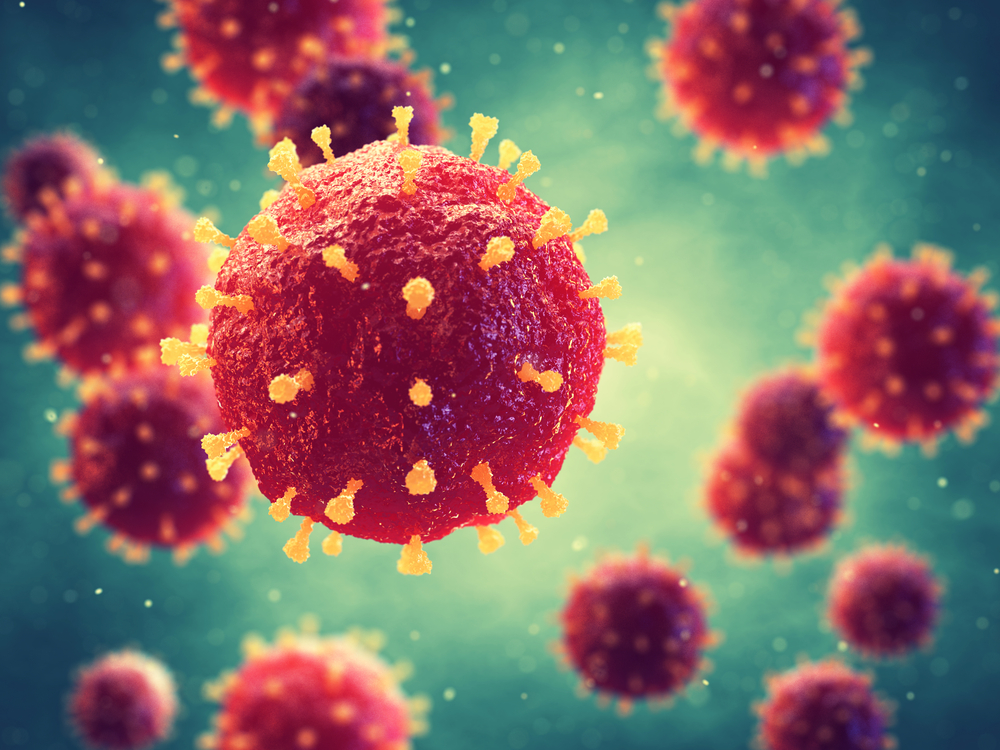Two Cytokines Seem to Contribute to Fibrosis, Inflammation in Scleroderma, Study Finds
Written by |

The cytokines IL-1 and IL-17 seem to act together to induce fibrosis and inflammation in skin and organs in people with scleroderma (also called systemic sclerosis, or SSc), according to research done with mice and human cells.
The study, “IL-1-IL-17 Signaling Axis Contributes to Fibrosis and Inflammation in Two Different Murine Models of Systemic Sclerosis,” was published in the journal Frontiers in Immunology.
Injuries to the lining of the blood vessels, specifically in endothelial cells, is considered the initial and central event of scleroderma.
Damage activates these cells to produce mediators that attract cells of the immune system called CD4+ T-cells to the injury site. There, they release high amounts of cytokines, a type of small signaling protein that influence interactions between cells and cellular function.
Several studies have suggested that CD4+ T-cells, specifically the ones that release an inflammatory cytokine called IL-17, may be key to the onset of generalized tissue fibrosis in scleroderma.
IL-17 was seen to be present in high levels in the blood of scleroderma patients with organ involvement, compared to those with unaffected organs. The levels of other cytokines were also linked with specific symptoms of scleroderma.
T-cells that secrete IL-17 have been shown to be involved in many autoimmune and inflammatory diseases, including rheumatoid arthritis, Sjögren’s syndrome, and type 1 diabetes. However, studies on its possible link to scleroderma have yielded contradictory results.
In one hand, some studies suggest that IL-17 exerts antifibrotic effects, while in others IL-17 seems to promote collagen deposition and growth of fibrotic cells (key steps in fibrosis development).
Now, in order to clarify the role that IL-17 plays in scleroderma, researchers in South Korea used two different mouse models, the bleomycin-induced fibrosis model and the chronic graft-versus-host disease model.
First, they looked at skin and organ slices of mice under the microscope (called a histological analysis) and found that when IL-1 activity was induced, tissue fibrosis and inflammation became worse. IL-1 is a cytokine that promotes the differentiation of IL17-producing T-cells.
Based on this observation, researchers hypothesized that the effects of both cytokines (IL-1 and IL-17) could be important to trigger fibrosis.
Indeed, if IL-17 levels were reduced in those mice, fibrosis was significantly reversed.
Then, experiments done in human and mouse skin cells grown in the lab (in vitro experiments) revealed that IL-1 and IL-17 worked together to promote the expression of proteins that induce fibrosis and inflammation.
“We present evidence that IL-1-mediated skin and lung fibrosis depends on IL-17 activity,” researchers wrote, adding that such activity is associated with two other pro-inflammatory cytokines, IL-6 and TNF-α.
“Targeting IL-1 and its downstream IL-17 activity may be a novel treatment strategy for inhibiting inflammation and tissue fibrosis in SSc,” the team suggested.





